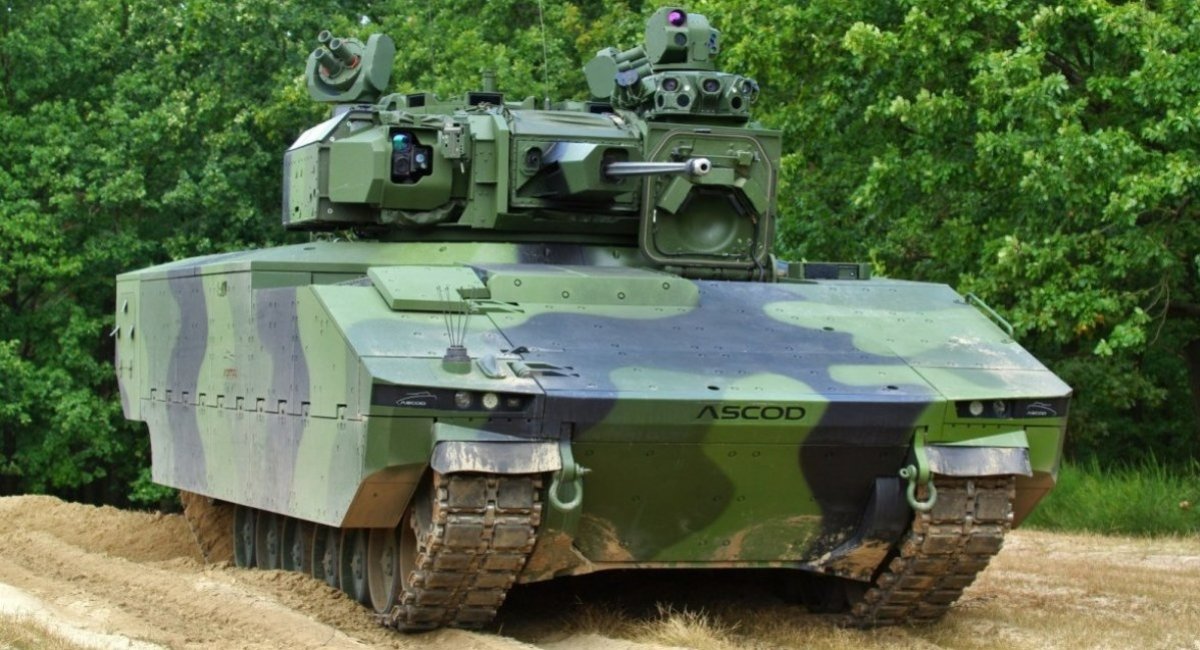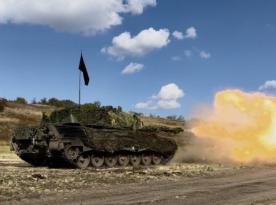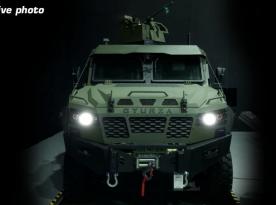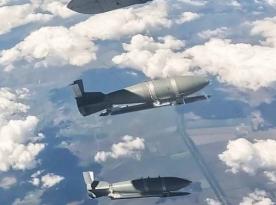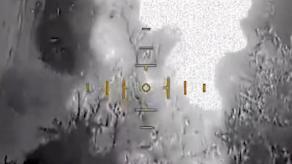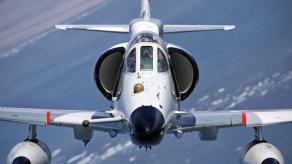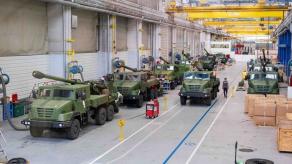Latvian Ministry of Defense announced a big procurement: 42 additional ASCOD infantry fighting vehicles on top of the forty-two units purchased in January 2025. Even before the first vehicles appeared in the nation's armed forces, the ministry called upon the government to expand the order — an appeal satisfied by the country's Cabinet of Ministers on Tuesday, June 17.
The contract value will be €387 million, or roughly €9.2 million per vehicle. The first delivery under this new agreement is expected in 2027, and at least 30% of production will be contributed by local industries. Overall, ASCODs will begin to arrive in Latvia starting 2026, with ten Latvian companies involved in the manufacturing. Moreover, the localization will touch not only components but also the final assembly and subsequent maintenance.
Read more: Despite Odds Favoring CV90, Latvia Chose ASCOD For Its New IFV
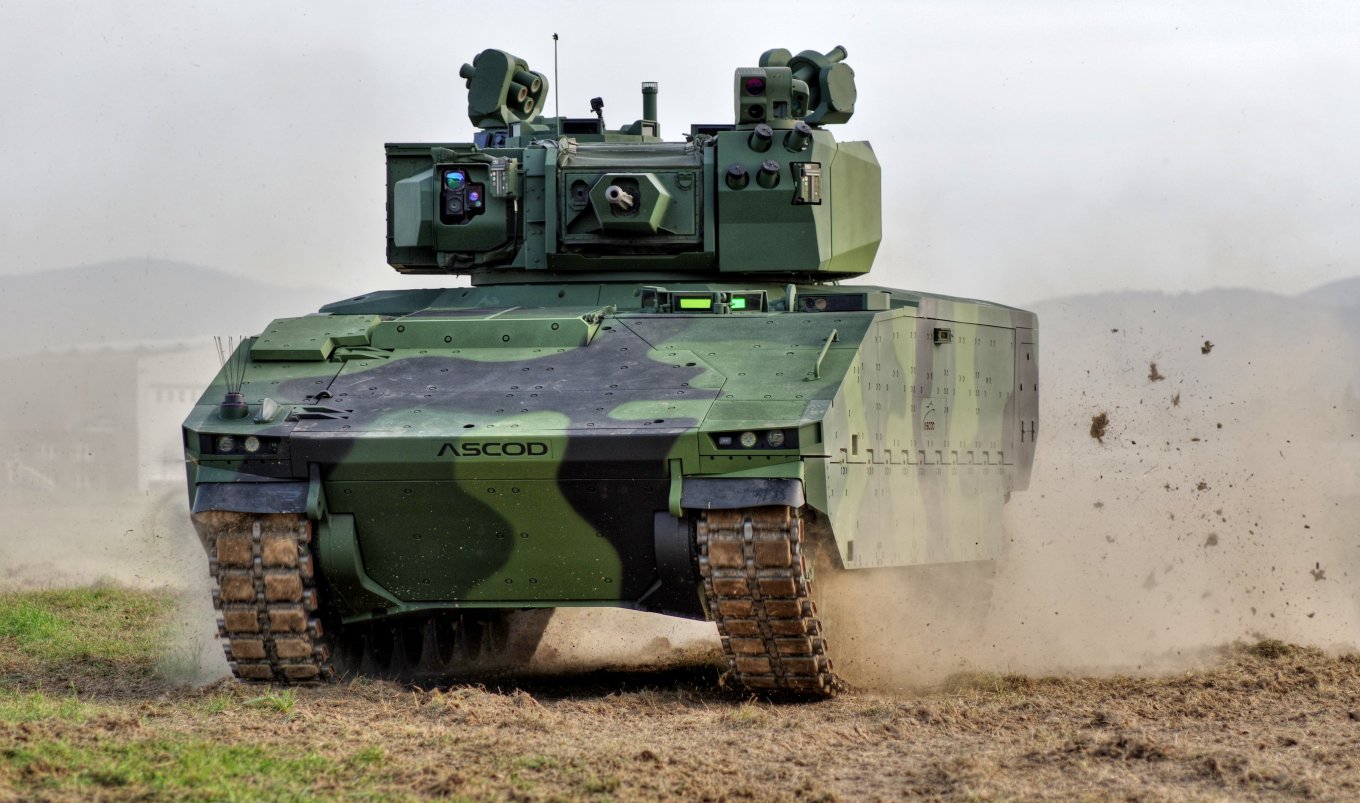
Like with the previous deal, valued at €373 million, the main contractor is Spanish company GDELS-Santa Bárbara Sistemas. The ministry notes that the acquisition of additional ASCOD units will "not only help us achieve the goals set by NATO, but will also significantly increase the ability of the mechanized infantry brigade to implement national defense tasks."
Making sure mechanized forces are properly armed has grown into a significant concern for Latvia amidst the increasing threat from the russian federation and the political unrest within NATO, prompted by the United States shift of priorities into the Indo-Pacific and deterrence of China. Besides, securing another purchase shortly after the initial one helped to keep the contract price almost the same, which is important today, when prices for arms are on the rise globally.
As before, the Latvian defense department chose not to specify the exact configuration of the IFVs ordered. The only detail known about them is the level of protection, equivalent to STANAG 4 — all-round protection from a 14.5mm machine gun fire and 155mm artillery shell explosions at a distance of 30 meters.
During the competitive tests earlier, the offer from GDELS-Santa Bárbara Sistemas outperformed the CV90 and K21 Redback; the former was considered a big front-runner since all Latvia's friendly neighbors operate this vehicle. Instead, they selected ASCOD for reasons still unclear.
Earlier, Defense Express took a deep dive into the differences between ASCOD and CV90, their pros and cons, and other factors that make either an attractive asset to have as the centerpiece of one's mechanized force.
It's worth adding that Ukraine was once offered ASCOD vehicles, the manufacturer promising to deliver 50 units yearly, but the promising cooperation fell flat, most likely due to the lack of financial support from Kyiv's partners.
The additional acquisition of ASCODs aligns with a broader rearmament of the Latvian Armed Forces, in part to fulfill its obligations to NATO and in part to prepare for a potential aggression from russia. The country has recently ordered an extra 18 Archer self-propelled guns, revealing an intent to not just rack up the numbers but improve the army's equipment qualitatively, too.
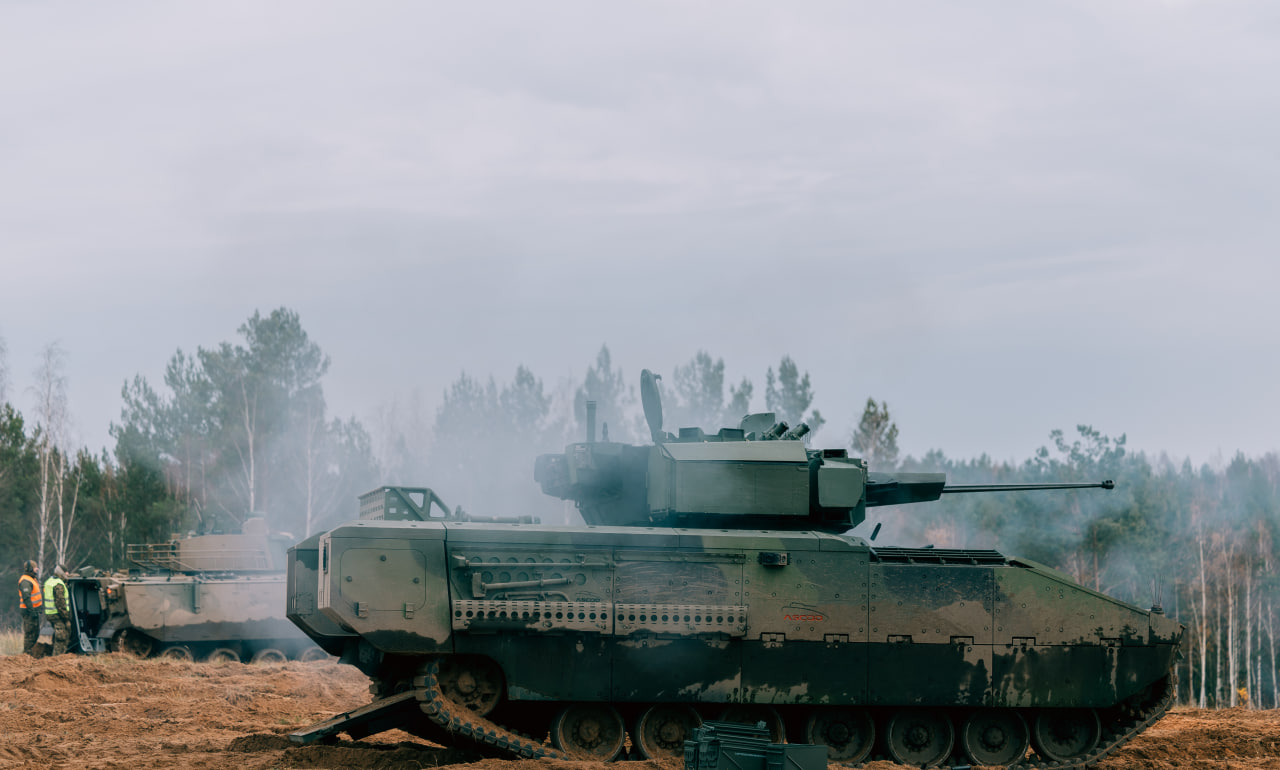
Read more: Fate of Swiss Leopard 1 Tanks Banned from Transfer to Ukraine Revealed



